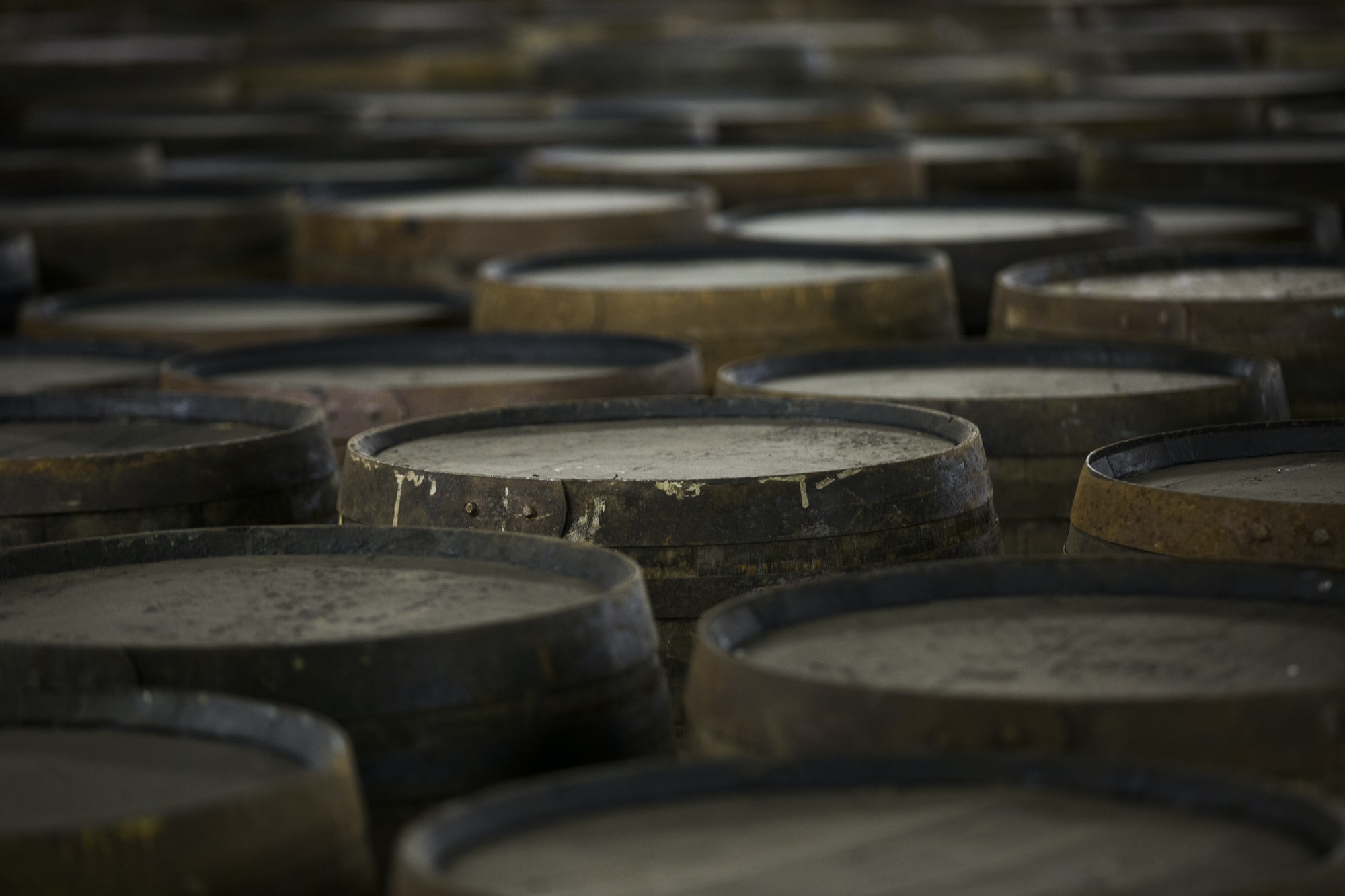Introduction
Whisky, a distilled spirit with deep cultural roots and a rich history, has emerged as a significant investment commodity in recent years. This blog post delves into the immediate and potential long-term implications of investment in whisky, examining its economic, social, political, and environmental dimensions. We will explore real-life examples, expert opinions, and potential future scenarios to provide a holistic understanding of this phenomenon.
The Current State of Whisky Investment
Economic Impacts
Whisky investment has seen a surge, particularly in rare and aged varieties. The “Knight Frank Luxury Investment Index” reports that rare whisky was the best-performing collectible in 2020, with a 564% return over the past decade. This boom has led to increased distillery openings and expansions, contributing to job creation and economic growth in regions famous for whisky production, such as Scotland and Japan.
Social and Cultural Dimensions
Whisky has always been more than just a beverage; it’s a symbol of heritage and craftsmanship. The investment surge has heightened interest in whisky culture, leading to a proliferation of whisky clubs, tastings, and tourism. However, there’s a flip side: the exclusivity driven by high investment can make premium whiskies less accessible to traditional consumers, potentially altering its cultural significance.
Political and Regulatory Considerations
The whisky industry faces various political challenges, including trade disputes and tariffs. For instance, the U.S. imposed tariffs on Scotch whisky in 2019, significantly impacting exports. Governments are also scrutinizing investment trends to prevent money laundering and ensure compliance with alcohol regulations.
Environmental Concerns
The environmental impact of whisky production is increasingly under the spotlight. Issues like water usage, energy consumption, and carbon footprint are critical, with distilleries exploring sustainable practices like biomass energy usage and recycling initiatives.
Case Studies and Real-Life Examples
- Macallan 1926 Fine and Rare Collection: Sold for over $1.9 million, this bottle exemplifies the lucrative nature of rare whisky investments.
- Japanese Whisky Boom: Brands like Yamazaki and Hibiki have gained international acclaim, leading to a surge in investment and interest in Japanese whisky.
- Environmental Initiatives: Glenfiddich distillery in Scotland now converts its delivery trucks to run on biogas made from whisky waste.
Expert Opinions and Future Scenarios
Industry experts predict continued growth in whisky investment, driven by emerging markets like China and India. However, they caution against speculative bubbles, especially in unproven new distilleries. The role of technology, like blockchain for authenticity verification, is expected to become increasingly important.
Potential Solutions and Mitigation Strategies
To address accessibility issues, some suggest a balance between exclusive releases and affordable options. Politically, industry bodies are advocating for fair trade practices and tariff reductions. Environmentally, the adoption of green technologies and sustainable practices is crucial for the industry’s long-term viability.
The Role of Innovation and Technology
Innovation is key in shaping the future of whisky investment. From advanced aging techniques to AI-driven flavor profiling and blockchain for traceability, technology is transforming the industry. These innovations not only enhance production but also help in tackling counterfeit products, a significant issue in the investment market.
Conclusion: The Future Trajectory
The whisky investment landscape is poised for continued growth, but it’s not without its challenges. Balancing economic benefits with social responsibility, political stability, and environmental sustainability will be crucial. As we look to the future, the industry’s ability to adapt and innovate will determine its trajectory, potentially leading to a new era of whisky production and consumption that honors tradition while embracing change.
